Deer Killed By Train, Stolen By Train Driver, Later Caught Drunk Driving
January 26, 2021 – Road kill we've heard of. But rail kill? One Slavonia deer killed by train was due to end up on the dining table of a train driver, who stopped his train to stuff the dead deer into his cab, before later being caught drunk driving with the decapitated animal in his trunk
Road kill we've heard of. But rail kill? One Slavonia deer killed by train was due to end up on the dining table of a train driver, who stopped his train to stuff the dead animal into his cab. Alas, the čobanac (a spicy, wild meat stew, popular in Slavonia) was not meant to be. He was caught drunk-driving the next day by police at a traffic stop in Vinkovci and arrested.
It's perhaps easy to understand the train driver not wanting to look such a gift horse, or deer, in the mouth. This is not the first deer killed by train or car within the wild rural landscape of Slavonia. With the unfortunate collision having offered the opportunity for fine dining, the train driver apparently had a one track mind.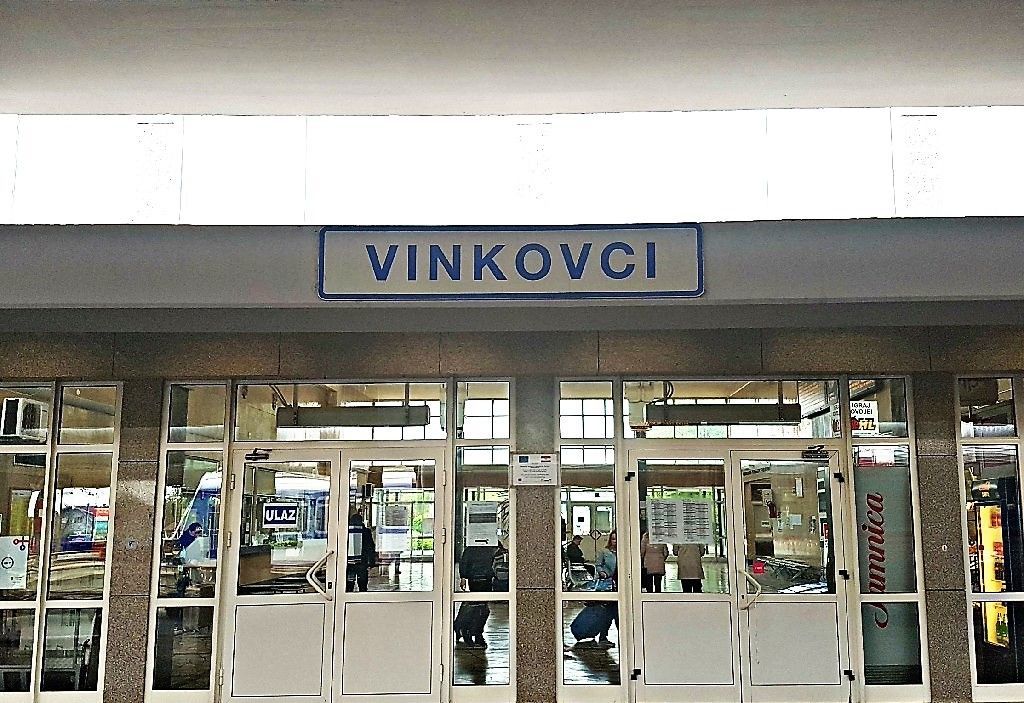
However, with the benefit of hindsight, it was perhaps not the best i-deer to retrieve the sizeable body of the deer killed by train to save for a later feast. Less easy to forgive is that he was caught with the deer while driving his car under the influence of alcohol. Such foolhardiness is no way to go about covering your tracks.
Police halted the man around 5pm on January 12 at a regular traffic roe-d stop and breathalysed him, as they correctly suspected he had been drinking. The 56-year-old man, who had Vinkovci license plates was found to be under the influence of alcohol (1.22 g / kg). However, that was just the first of the finds on the stop.
Upon searching the car trunk, police discovered the decapitated corpse of a sizeable deer. It turned out the train driver had stopped his train the day before to retrieve the animal and placed it in the driver's cab for consumption at a later date. The animal was presumably being transported home – or to a local butcher – by car the next day. But, the traffic stop put an end to any notions of a free meal.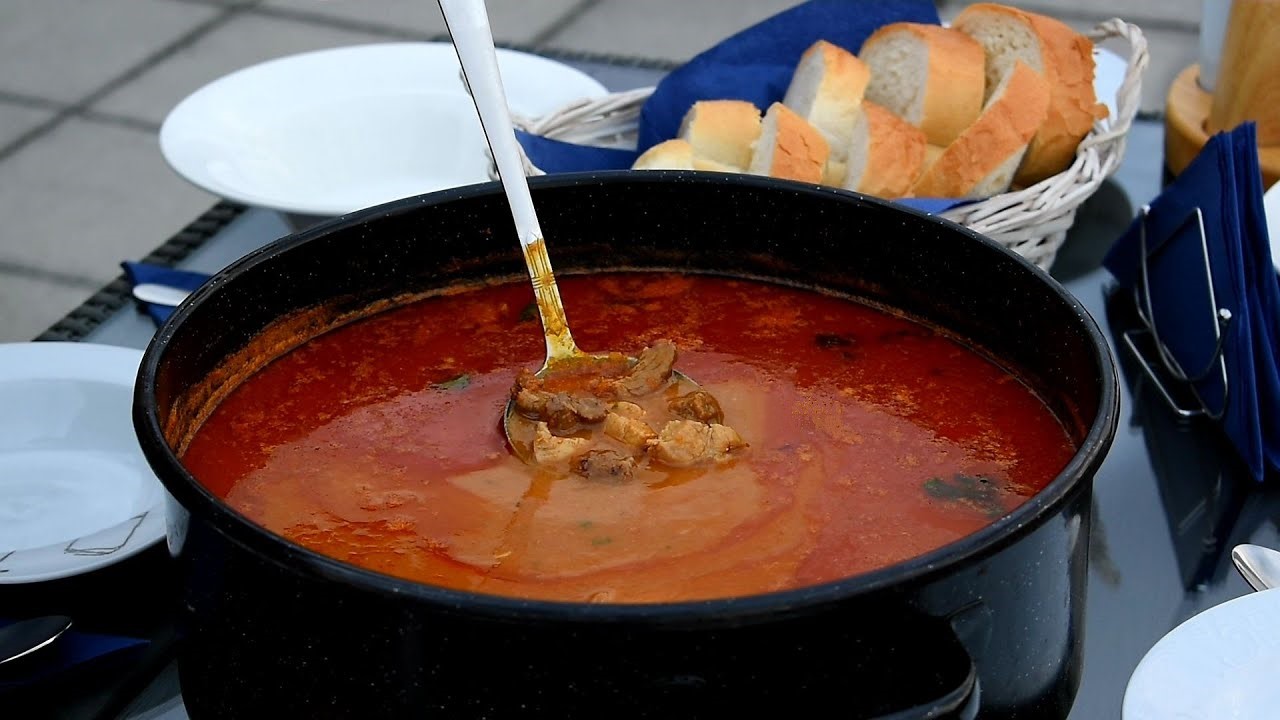 Cobanac, a hearty, spicy stew made in Slavonia using deer and other wild meats. Alas, it was not meant to be © Youtube screenshot
Cobanac, a hearty, spicy stew made in Slavonia using deer and other wild meats. Alas, it was not meant to be © Youtube screenshot
The deer corpse was confiscated and handed over to the hunting society of Stari Mikanovac for safekeeping until a warrant for an autopsy was obtained in order to determine the cause of death. Pursuant to the order of the Vinkovci Municipal State Attorney's Office, the examination of the deer carcass was performed by the Vinkovci Veterinary Institute.
For the appropriation of the deer, the police filed a complaint at the Municipal State Attorney's Office in Vinkovci against the 56-year-old for the criminal offence of theft. For his inebriated driving, the man was issued a misdemeanour order, imposing a fine of HRK 5,000 and was banned from driving a "B" category vehicle for two months. Having been charged for both excess beer and excess deer, at the time of the police road stop you could say the game was well and truly up.
Kvarner Goes Green: Opatija and Rijeka Integrated Rail and Bus
January 7, 2021 – From the Bay of Bakar through the beaches of Rijeka to the opulence of Opatija and up, all the way to the border with Slovenia, Kvarner residents and visitors will be able to travel with just one ticket across the whole of the Rijeka integrated rail and bus network
An existing co-operation between rail and bus operators in Kvarner was today extended, allowing the Rijeka Integrated Rail and Bus network to continue for at least another year. This holds exciting implications for travel in the region for years to come.
Planned changes to the infrastructure of the coastal part of the north Kvarner Bay mean that within the Rijeka integrated rail and bus scheme, you will soon be able to travel from the Bay of Bakar, stop off at a series of Rijeka beaches, hop back on public transport to go to Opatija and even travel beyond the coast, all the way to the border with Slovenia, using just one ticket. Passengers will not be limited in their choice to travel by either aril or bus.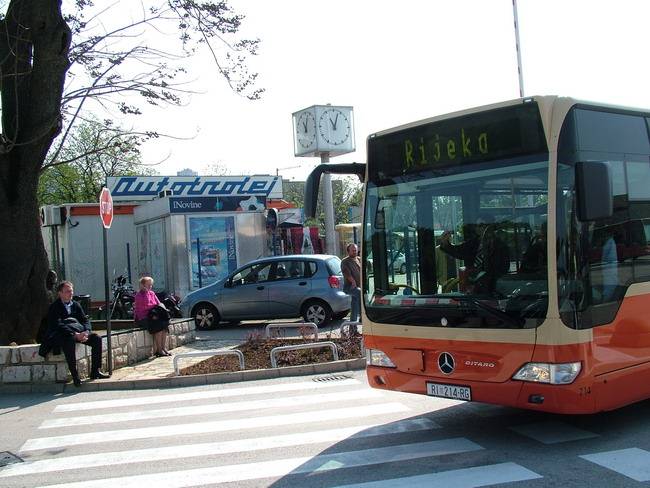
An Autotrolej bus, longtime providers of local bus services in Rijeka © Grad Rijeka
The Rijeka integrated rail and bus scheme, organised through Kvarner County, Rijeka, Matulji and Bakar Town Halls, rail and local bus operators is an eco-friendly drive that seeks to encourage people to leave their cars at home and instead choose public transport. However, access to the Rijeka integrated rail and bus network is not limited to commuting workers and travelling students. Although the scheme is most cost-effective using a monthly ticket, day tickets are available for the network which may be of huge appeal to visitors wishing to explore a wider portion of Kvarner's northern coast.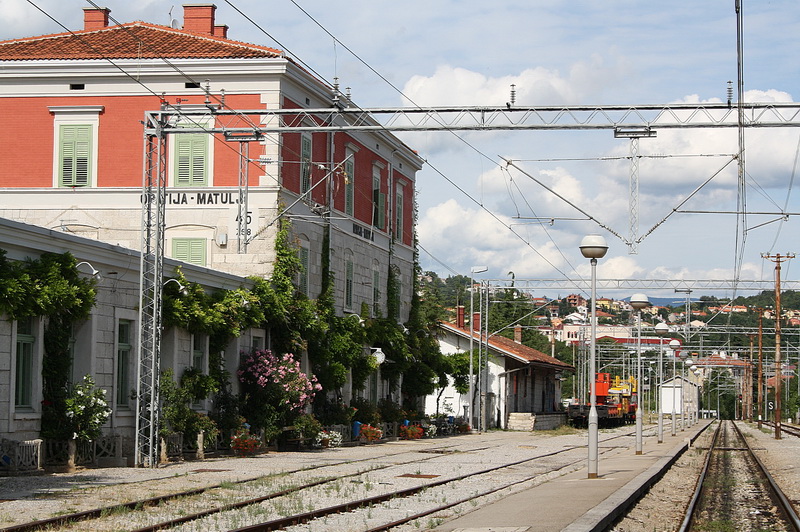
The train station of Opatija Matulji © Damir Covic 1939 / Matulji Tourist Board
Rijeka integrated rail and bus: International
What makes the extension of the Rijeka integrated rail and bus scheme even more welcome is the planned overhaul of infrastructure that will accompany it.
Fifteen extra stations will be added (or reactivated) on the route between Kantrida in the west of Rijeka, along the Rijeka seafront and on to the outskirts of Bakar. Furthermore, the entire train line from Bakar to Šapjane will be brought into the Rijeka integrated rail and bus scheme with the completion of a second train track along the route. Trains along the line at Šapjane. Next stop Slovenia! © DiningCar_
Trains along the line at Šapjane. Next stop Slovenia! © DiningCar_
Šapjane, in the municipality of Matulji, lies 20 kilometres inland, north of Opatija. It sits right on the border with Slovenia. The train line extends across this border, through the Slovenian town of Ilirska Bistrica, and then on to Postojna and Ljubljana, Italy or Austria. This means the Rijeka integrated rail and bus scheme will be directly linked to another green, international travel network.
These routes will all be linked to the incoming, double-tracked Pan-European fast train network, which, as TCN highlighted last year, will connect this part of Kvarner with France, Spain and Portugal in the west all the way to eastern Hungary via Zagreb and Budapest. Needless to say, it will require more than a single day ticket (cvikalica) from the Rijeka integrated rail and bus network to make such a journey!
Croatia Pan Europe Trains Will Run 160 Kilometres Per Hour By 2030
November 2, 2020 – From southern Spain to Budapest through Rijeka and Zagreb and from Salzburg through Zagreb, Belgrade and Skopje to Greece, Croatia pan Europe trains will run 160 kilometres per hour by 2030
In the biggest investment ever made in the infrastructure of the country's rail network, Croatia pan Europe trains will run 160 kilometres Per Hour By 2030. In an investment costing 4.5 billion Euros, 750 kilometres of railways will be modernised.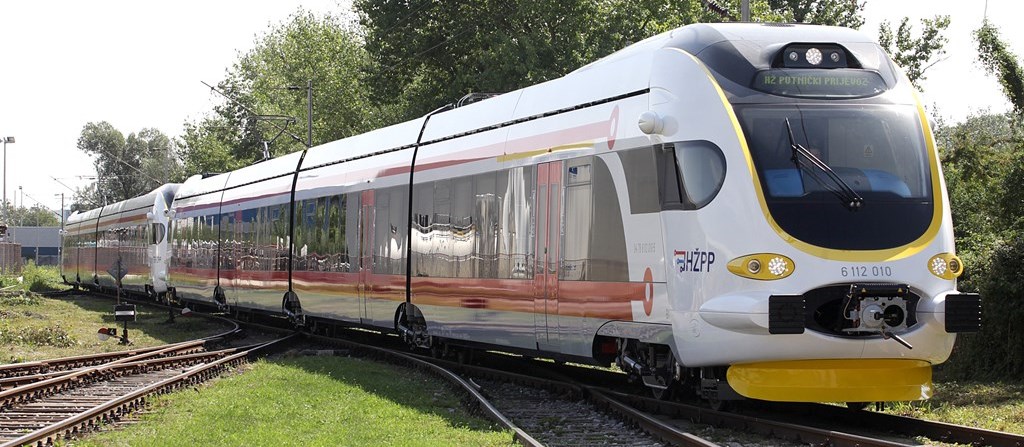 © HZPP
© HZPP
The lines that will receive the upgrade will connect Rijeka to Budapest in Hungary via Zagreb (RH2) and Zagreb to Belgrade via Vinkovci (RH1). Though these lines already exist, they have never undergone an overhaul of the scale proposed. The modernisation with ensure double lanes across the whole of both routes and facilitate passenger train speeds of 160 kilometres per hour.
The level of investment means that during the next ten years, HŽ Infrastruktura's (Croatian Railway Infrastructure Company) rebuild of the Croatia pan Europe trains network will be the largest infrastructure project in the Republic of Croatia and the largest beneficiary of EU grants in the transport sector. Most of the money for the modernisation is coming from European Union grants. Almeria on the Mediterranean, in Andalusia, southern Spain, where the Mediterranean Corridor begins © ddz photo
Almeria on the Mediterranean, in Andalusia, southern Spain, where the Mediterranean Corridor begins © ddz photo
The RH2 line is part of the Mediterranean Corridor which connects the south of the Iberian peninsula with eastern Hungary via six countries. The line runs from Almeria on the Mediterranean coast in the south-east of Spain, through Madrid and Barcelona. It passes through Marseille in France, then northern Italy, Slovenia, Croatia, the Hungarian capital of Budapest, before finishing in Záhony in the east of Hungary, not far from the border with Ukraine. The route covers more than 6000 kilometres. The Croatian section will pass through Jurdani (six kilometres north of Opatija), Rijeka, Karlovac, Zagreb, Dugo Selo, Križevci and Koprivnica.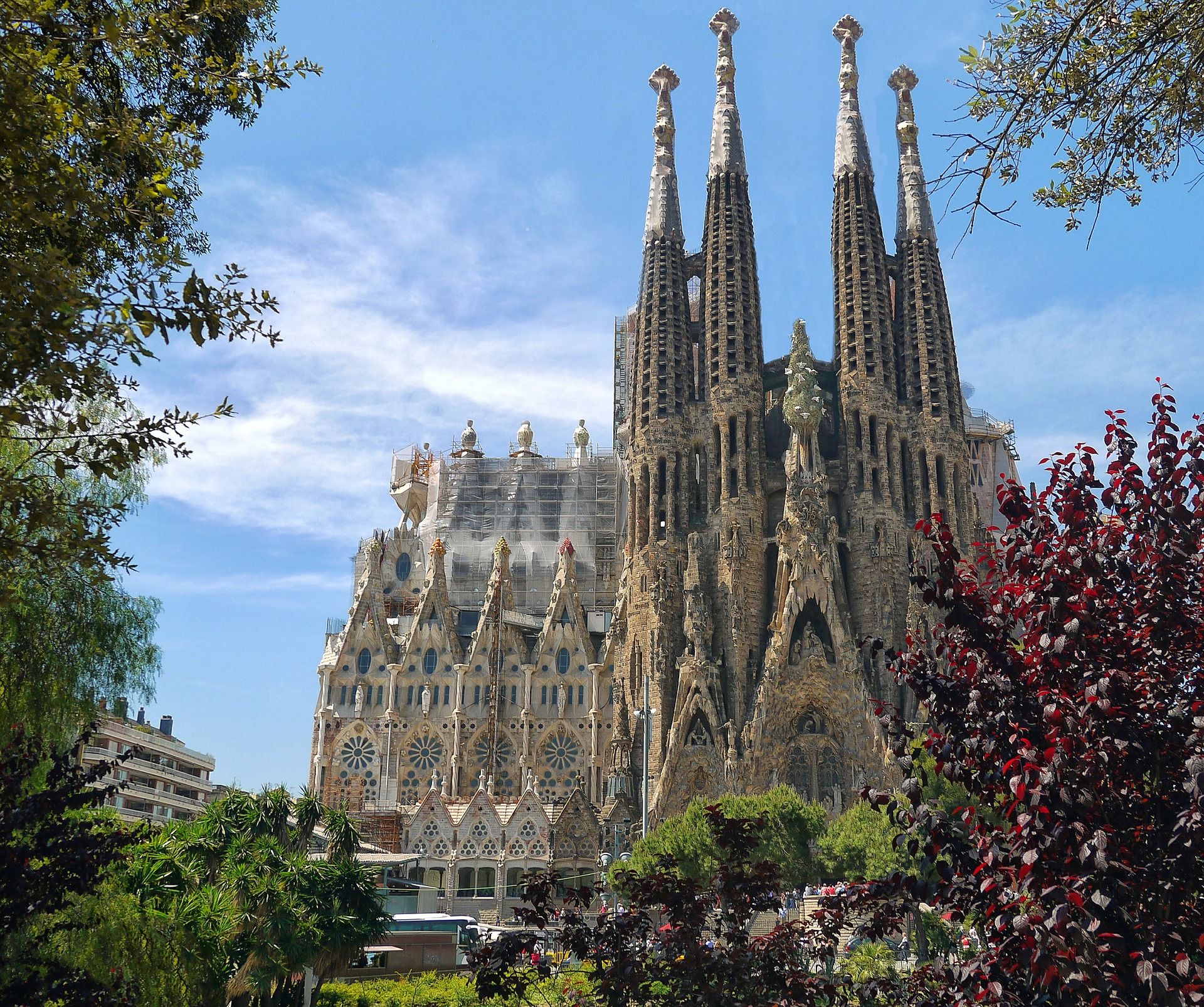 To Croatian rail passengers, the Spanish city of Barcelona will be just a few hours away by 2030 © Patrice Audet
To Croatian rail passengers, the Spanish city of Barcelona will be just a few hours away by 2030 © Patrice Audet
The RH1 line is part of the Pan-European Corridor X. The Croatia pan Europe trains section of this transport route was once one of the three lines taken by the Orient Express. The modernised rail line will start in Salzburg, Austria and pass through Ljubljana before reaching Zagreb. The line will pass through Slavonski Brod and Vinkovci before making its way to Belgrade, then Niš in southern Serbia. The old Oriental Express line then headed east, to Istanbul via Sofia, Bulgaria. The EU-funded train section of the Pan-European Corridor X instead heads south, to Thessaloniki in Greece via Skopje in Macedonia.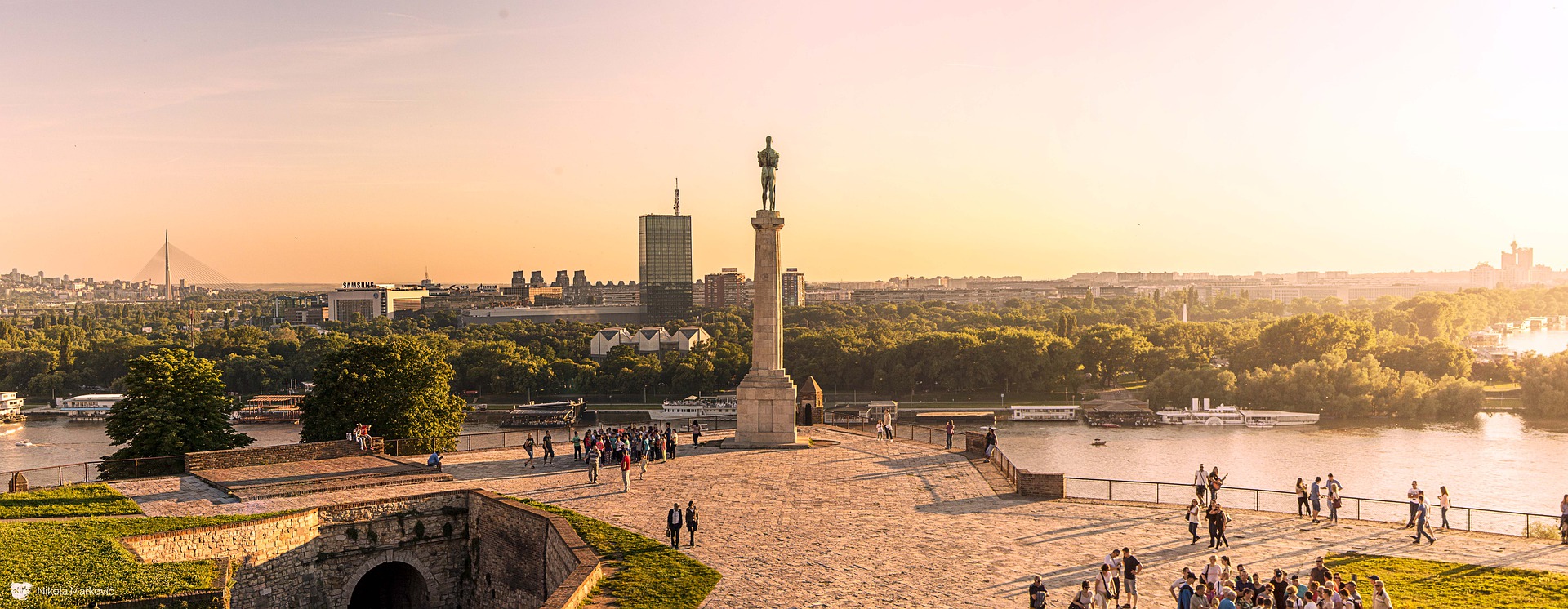 The rail journey time between Zagreb and Belgrade (pictured) will be shortened considerably by the improvements © Djordje Jovanovic
The rail journey time between Zagreb and Belgrade (pictured) will be shortened considerably by the improvements © Djordje Jovanovic
Trains are currently the greenest transport option for long-distance travel. As the world heads in the direction of seeking energy sources that do not rely on finite fossil fuels, rail also currently looks to be the long-distance travel option best-equipped to meet this challenge. In the future, visitors from all across Europe may increasingly rely on the Croatia pan European trains network in order to access the country. The improvements also increase business and leisure opportunities for Croatians in Europe. Thessaloniki in Greece is one of the most popular cities in Europe for visitors. The renewed rail section of the Pan European Corridor X will end here © Dimitris Vetsikas
Thessaloniki in Greece is one of the most popular cities in Europe for visitors. The renewed rail section of the Pan European Corridor X will end here © Dimitris Vetsikas
Around 935 million Euros was invested in the Croatian railway infrastructure between 2010 and 2019. The new investment dwarfs those figures. The initial investment, occurring between 2020 and 2024 amounts to as much as 1.8 billion Euros, of which almost 78.7 per cent is co-financed by the European Structural and Investment Funds (ESI) and the Connecting Europe Facility (CEF). From 2025 to 2030, EU funds totalling more than 2.7 billion Euros are expected to be invested in the Croatia pan European trains network.
Freight train passage along the lines will also be increased, reaching a new speed of 120 kilometres per hour. The Croatia pan European trains network also offers great potential to open up continental Croatia regions to international visitors. The Croatian railway network currently has 2,617 kilometres of track, of which 274 kilometres are double-track and 980 are electrified.
For the latest travel info, bookmark our main travel info article, which is updated daily.
Read the Croatian Travel Update in your language - now available in 24 languages
Combined Public Transport Tickets For More Croatian Cities
Integrated passenger transport is more convenient for all public transport users, and will contribute to a better experience for all.
Croatian Railways Need 50 Billion Kuna Investment Urgently
While European railways are being renewed and updated, Croatia's railways appear to be in a worse state than they were fifty years ago.
Train to Dubrovnik? You're a Few Decades Late...
Ever wondered about getting the train to Dubrovnik? You're a bit late, unless you've got a time machine...

